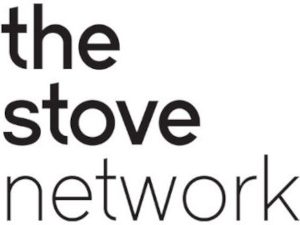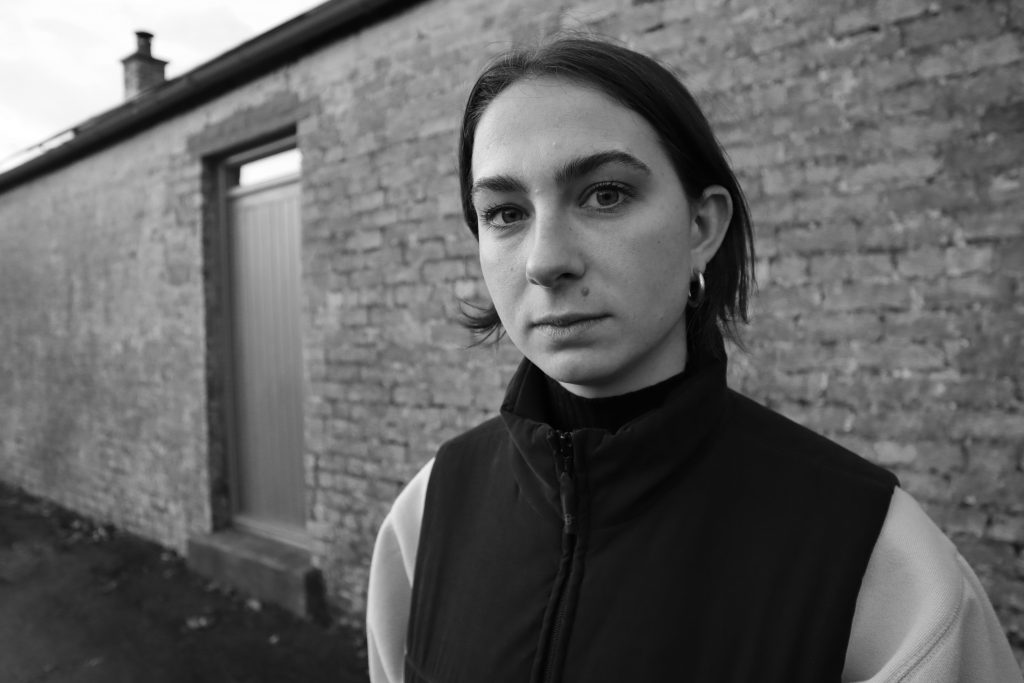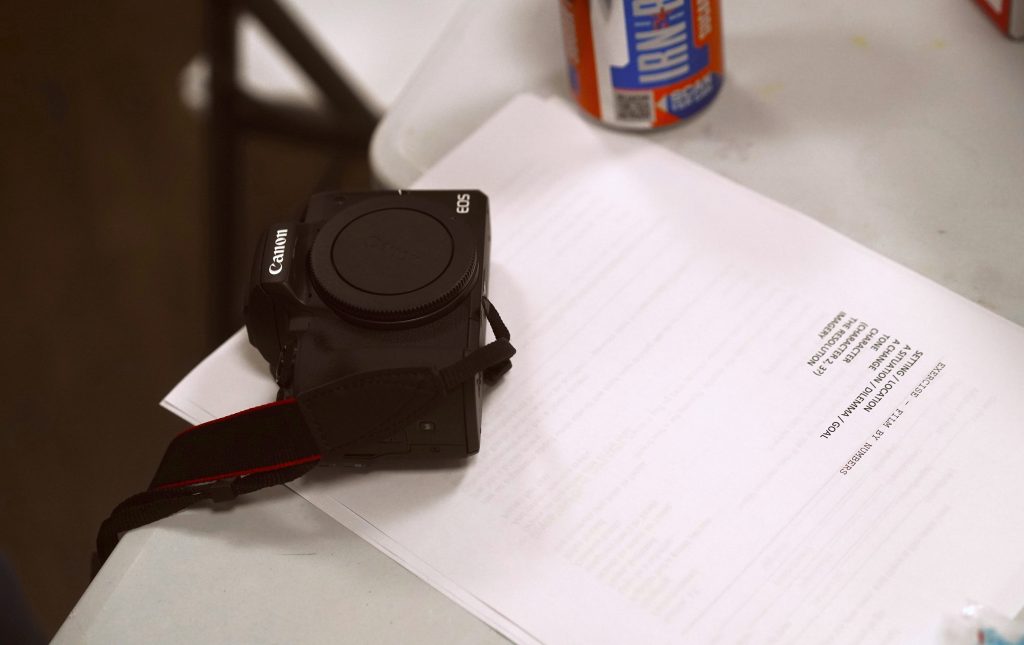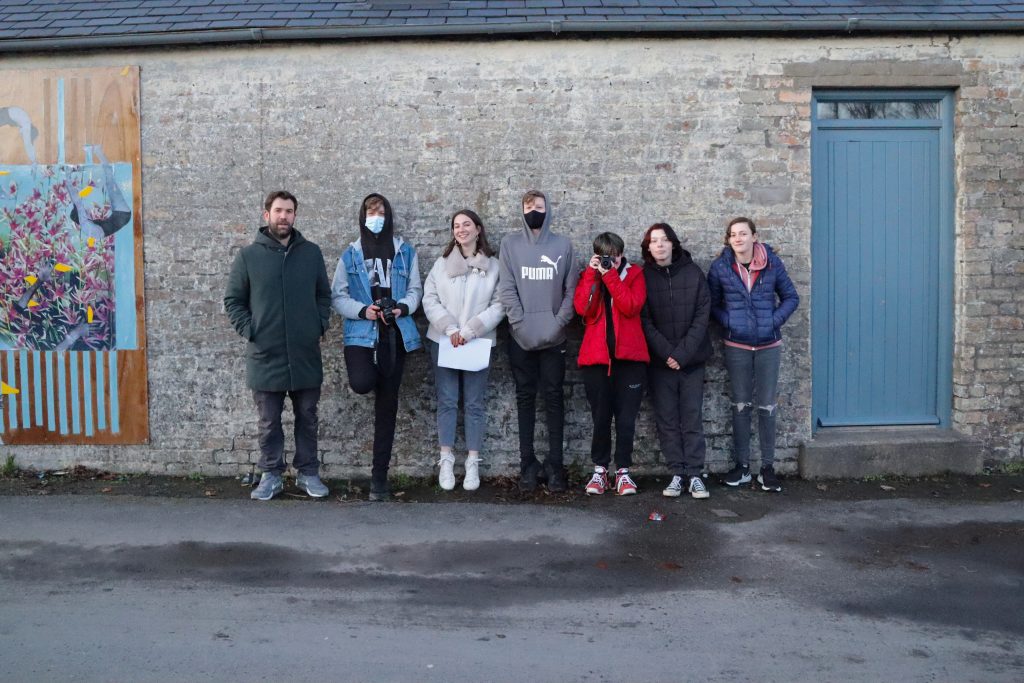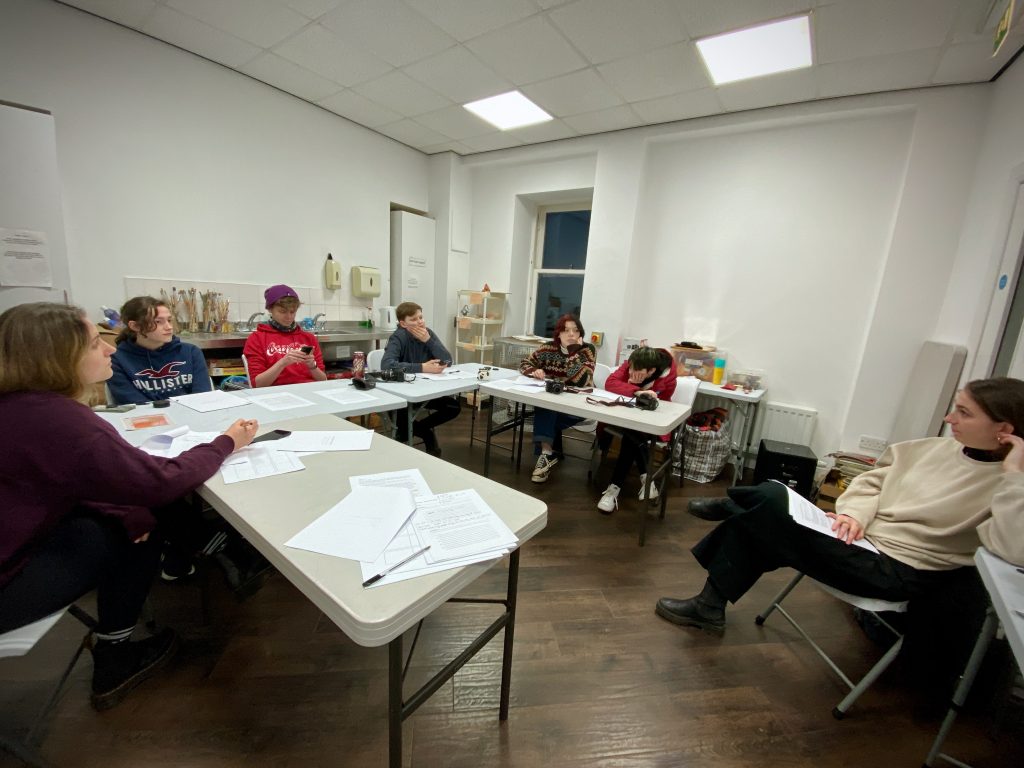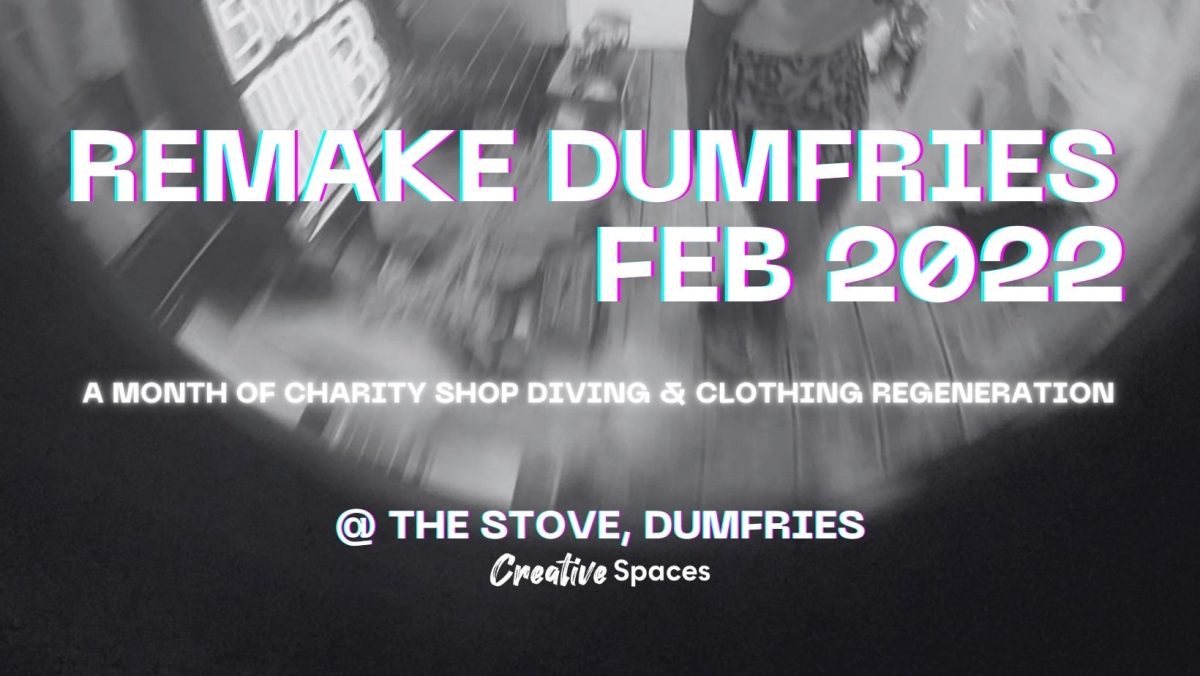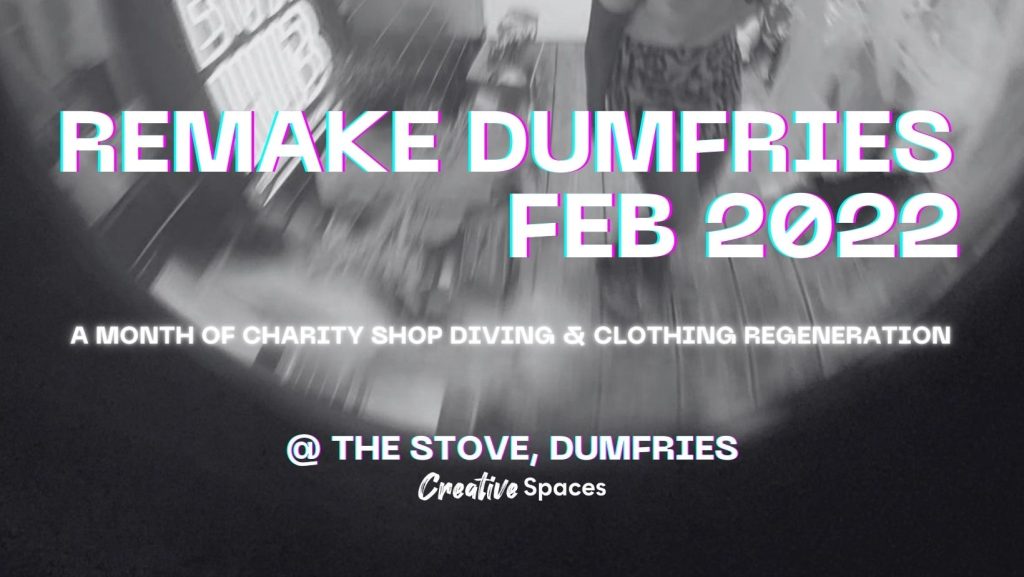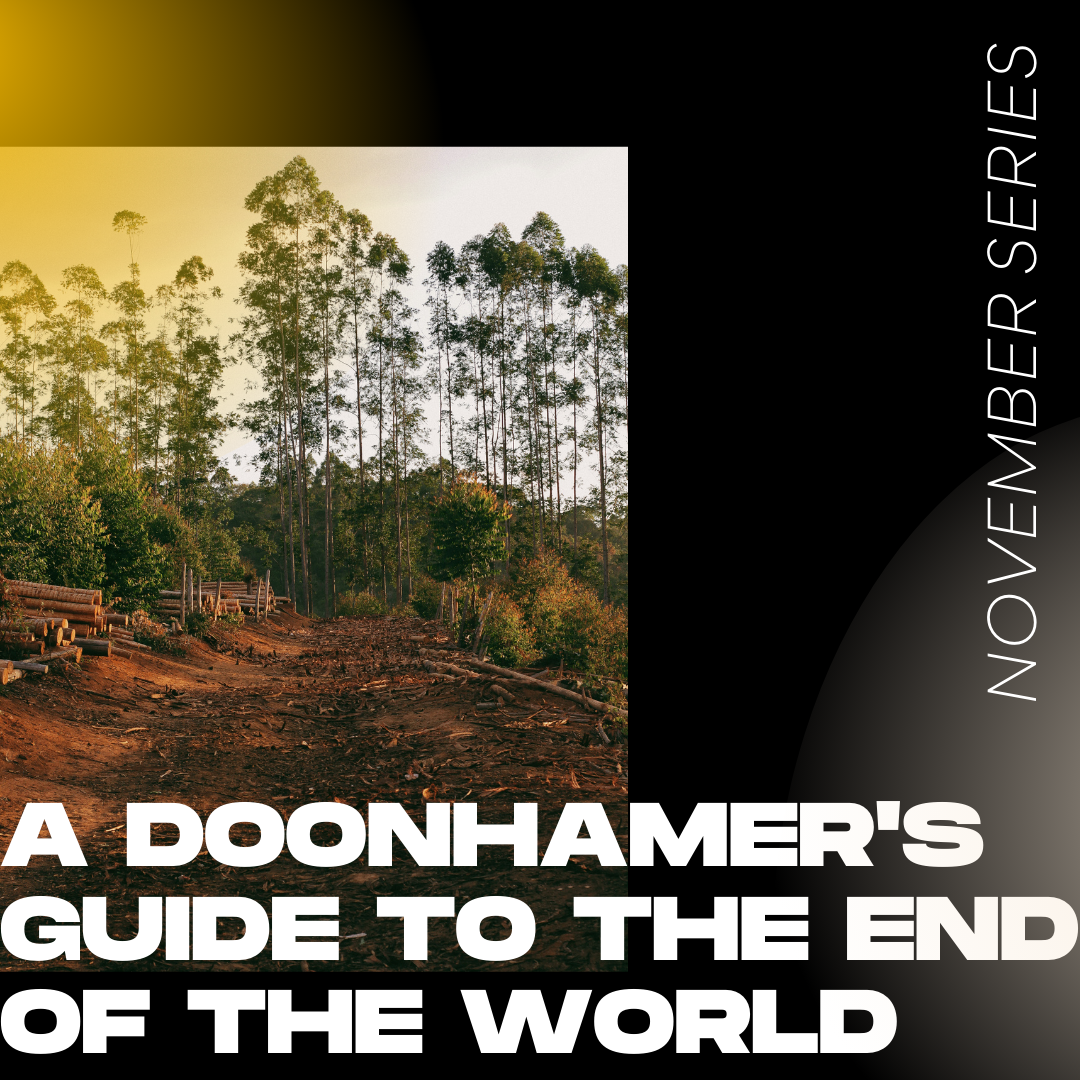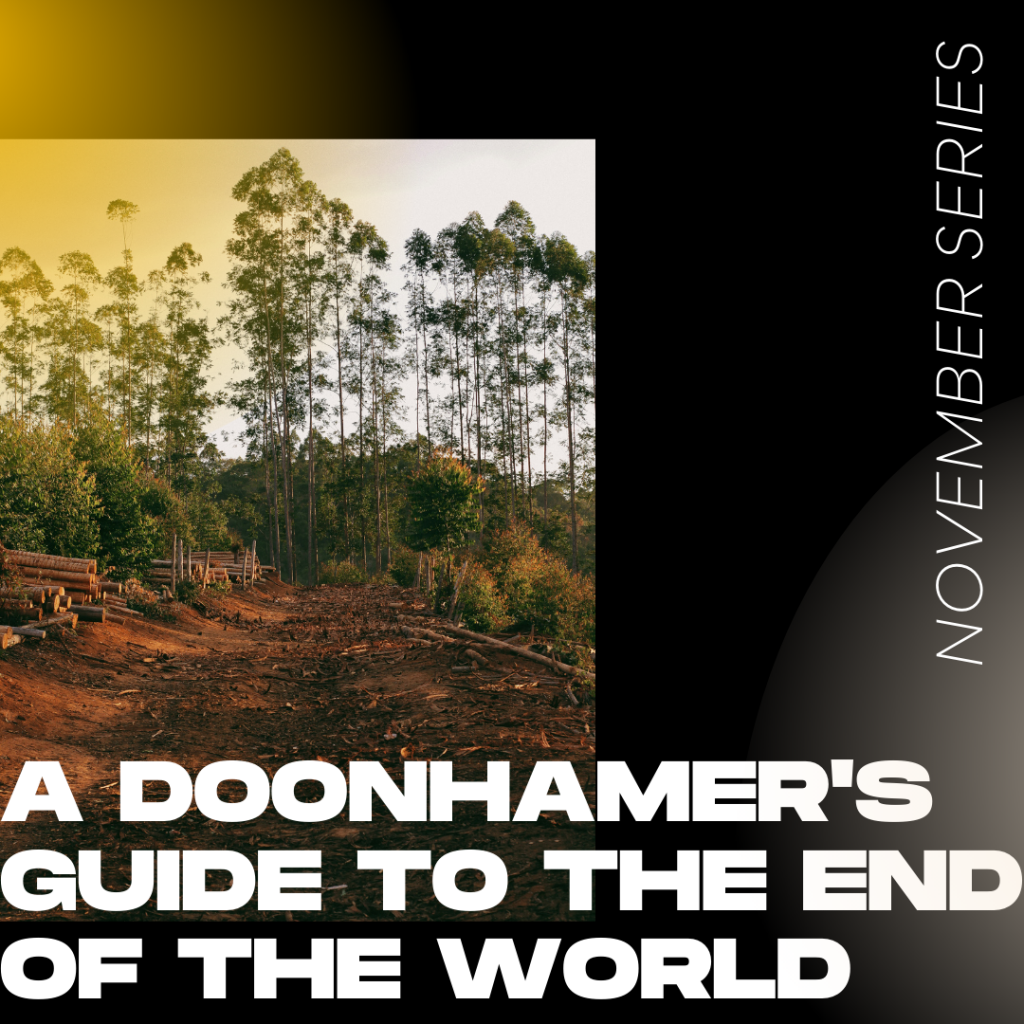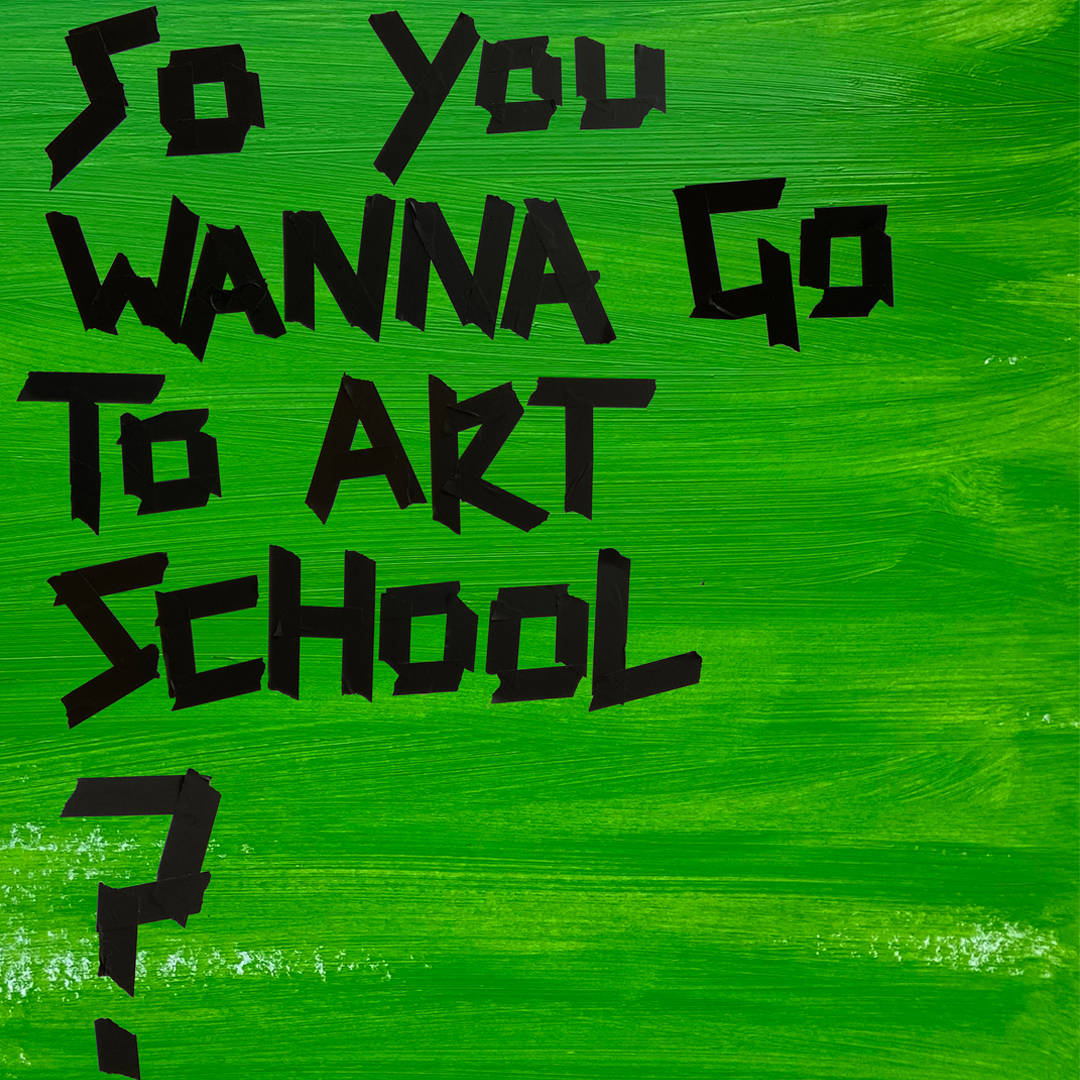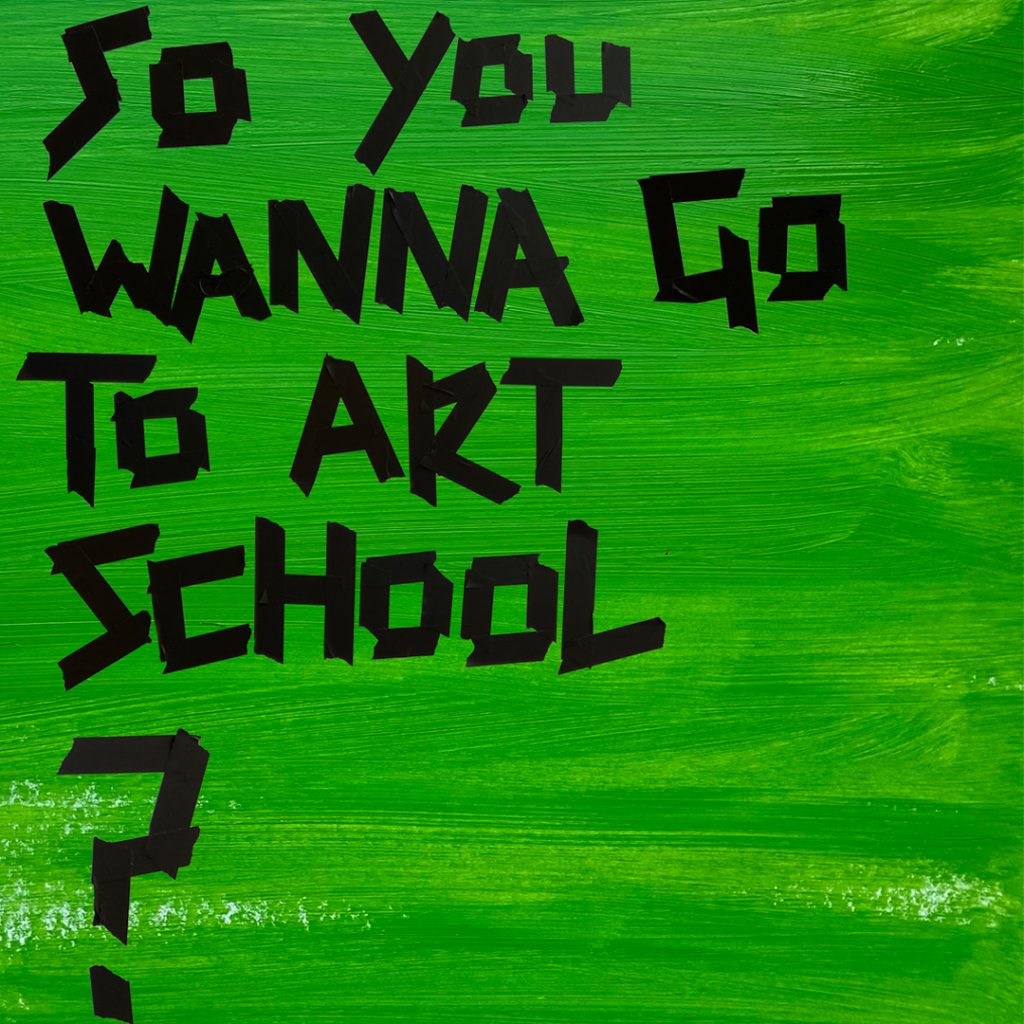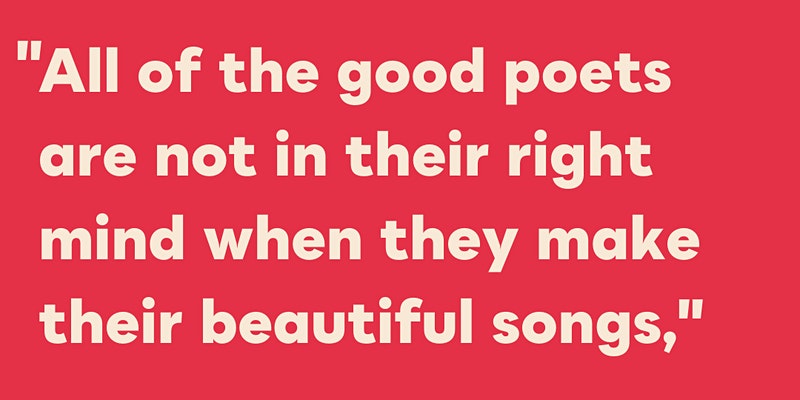by Rachel Shnapp
It’s easy, when initially developing a creative project, to let your dreams run away with you. When I first thought up the project that I would be developing within The Stove this winter, my plans were, on some scale, grandiose. I saw the project spanning across the region, inspiring five football teams (full size, not 5-a-side) of young people, who, like me, had grown up surrounded by the moss and the hills and the dry-stone dykes of Dumfries and Galloway, dreaming of clapper boards, dressed sets, and, let’s be honest, Hollywood* mystique (*note the two Ls.)
The project I was aiming to deliver was a series of screenwriting workshops with three groups of young people from the region who, on a national level, fell under the bracket of ‘rurally excluded’, each from a different geographical area of the region. (Aside: we could have a whole other conversation (and multiple debates) about the phrase ‘rurally excluded’ and its role within diversity and inclusion, but that’s for another time.)
My aim was to teach these three groups of young people how to construct short narrative films, focussing on naturalistic and localised film, and through this process co-write a script with each group, that I would then go and shoot.
I envisioned ending with a series of coming-of-age short films based within the region, telling stories that spoke to a generation of kids who rarely (if ever) see themselves on screen. This would combine my own practice as a director, and the work I had been doing for the past six months at The Stove in community arts. The thought of inspiring the aforementioned penta-football gang of local-next-generation screenwriters and filmmakers appealed to no end.
I’m going to do something you are generally not supposed to do in storytelling. I’m going to drop the spoiler in right at the second act:
I didn’t reach my expectations for this project. I’m going to do something else you are generally not supposed to do in storytelling: admit that I am an unreliable narrator. To say I didn’t reach my expectations for this project, would be telling only half the truth. The full truth, which sometimes we must wrestle with to discover, weed out of the proverbial pavement, is that my expectations shifted entirely throughout this project, and my initial goals, although in some ways not entirely met, paled in comparison to the happy accidents that shone through.
Due to various circumstances, I ended up only working with one group, of five young people, all from one town.
Firstly, with the impending threat of another Covid lockdown, all the schools I had hoped to work with were closing their doors to external visitors. Another group I had been introduced to were, sadly for me, not at all interested in screenwriting. Other pre-formed groups across the region had their spring schedules signed off well before Christmas, and were therefore unavailable. This singular group situation was not the geographically wide-ranging cinematic spectacular I had planned for. But within the confines of reality, I was able to spend more time and energy working with a group of young people who were determined, hard-working, and, truly benefited from the workshops in ways I had not at all anticipated.
(Disclaimer here: I definitely do not claim to take all the credit. I’m sure, without me, the group would have developed these skills in time on their own; and the team leading the group were making leaps and bounds with their photography and filmmaking abilities before I even stepped foot in the space.) But to see, first-hand, the benefit of having a space for young people to collaborate and work creatively, to try new ideas, and to (it seems so simple in hindsight) just be themselves, is more valuable than any evaluation procedure jargon I could have come up with in the first place.
This realisation, this eureka moment, is that what so many young people in rural communities really need is a space to hang out, to eat snacks with their friends out of the cold, dark Scottish winters, to truly be themselves around people who accept them and want to support them. A space to try out new ideas without the judgement of small-town-small-minds that can so often hold back anyone who does not conform entirely. I am definitely not the first person to make this realisation – I have seen colleagues in the region come to this conclusion and work tirelessly to provide these environments for the younger community. But to see it with my own eyes, up close, to be told by one of the young people that they feel ‘more at home here than at home’, to be able to contribute to that safe, comfortable space, where a young person is able to just be themselves. There’s nothing that could be more valuable, more inspiring, or more cinematic than that.
Rachel Shnapp is an Associate Artist forming part of the Creative Spaces Project 22-23
